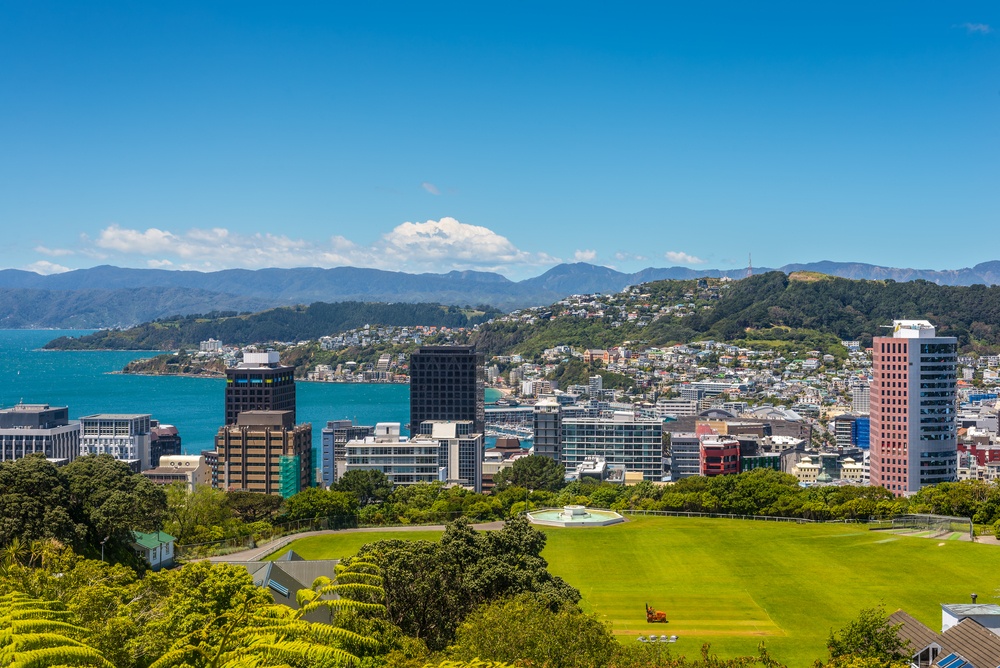Historic Journeys: Tracing New Zealand's Colonial Past
New Zealand's history is a tapestry of Maori culture, European exploration, and colonial endeavours. This guide takes you through significant colonial sites across the country, telling the stories of the people, places, and events that have shaped New Zealand's past and present.
1. Treaty of Waitangi Grounds, Bay of Islands:
The Treaty of Waitangi, signed in 1840, is a foundational document of New Zealand, marking the agreement between Maori chiefs and the British Crown. The Waitangi Treaty Grounds offer a deep dive into New Zealand's founding moments, with guided tours, cultural performances, and the Treaty House itself.
2. Old Government Buildings, Wellington:
The Old Government Buildings in Wellington are a symbol of New Zealand's colonial government. Constructed in 1876, they are one of the world's largest wooden buildings and served as the center of New Zealand's government until the Beehive was completed. Today, they house the Victoria University of Wellington's Law School.
3. Kerikeri Mission Station:
Established in 1819, the Kerikeri Mission Station is one of New Zealand's first permanent European settlements. The Stone Store and Kemp House are the country's oldest surviving buildings, offering insights into the early interactions between Maori communities and European missionaries.
4. Otago Goldfields, Central Otago:
The discovery of gold in the 1860s transformed Central Otago and played a pivotal role in New Zealand's economic development. Visitors can explore the historic gold mining towns of Arrowtown and Cromwell and learn about the gold rush's impact on the region.
5. Pompallier Mission, Russell:
The Pompallier Mission in Russell, Bay of Islands, is a testament to the efforts of French Catholic missionaries in New Zealand. Today, it is a museum dedicated to showcasing the printing and tannery operations that supported the Mission's work.
Conclusion:
New Zealand's colonial past is a complex blend of cultures, conflicts, and cooperation. Exploring these significant historical sites provides a deeper understanding of the events that have shaped the nation, offering visitors a rich, educational experience that goes beyond the stunning landscapes New Zealand is famous for.

-min-0.jpg)

